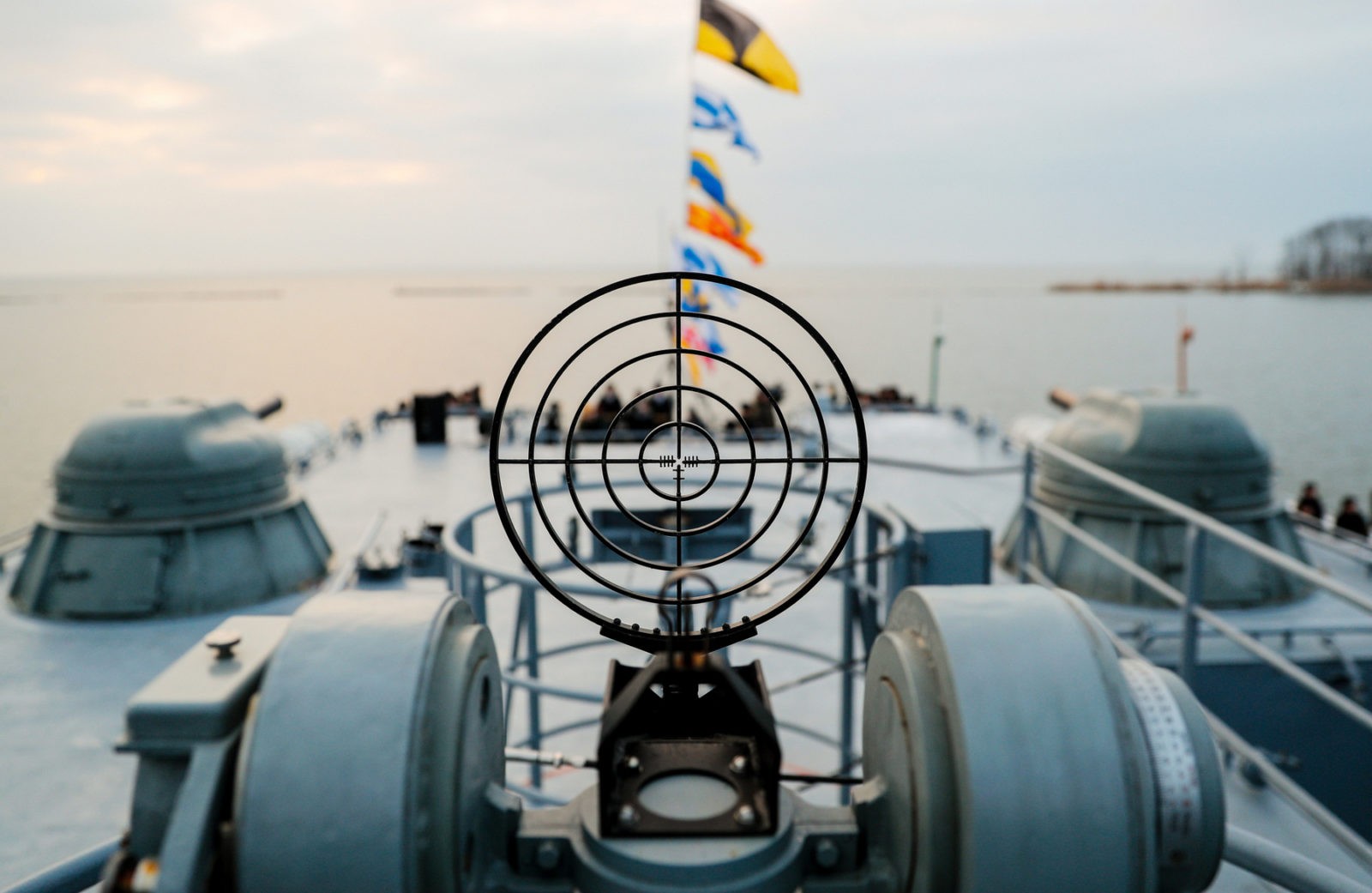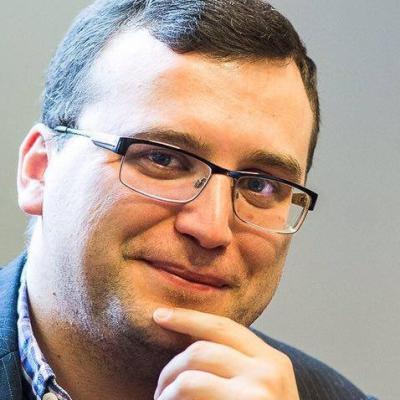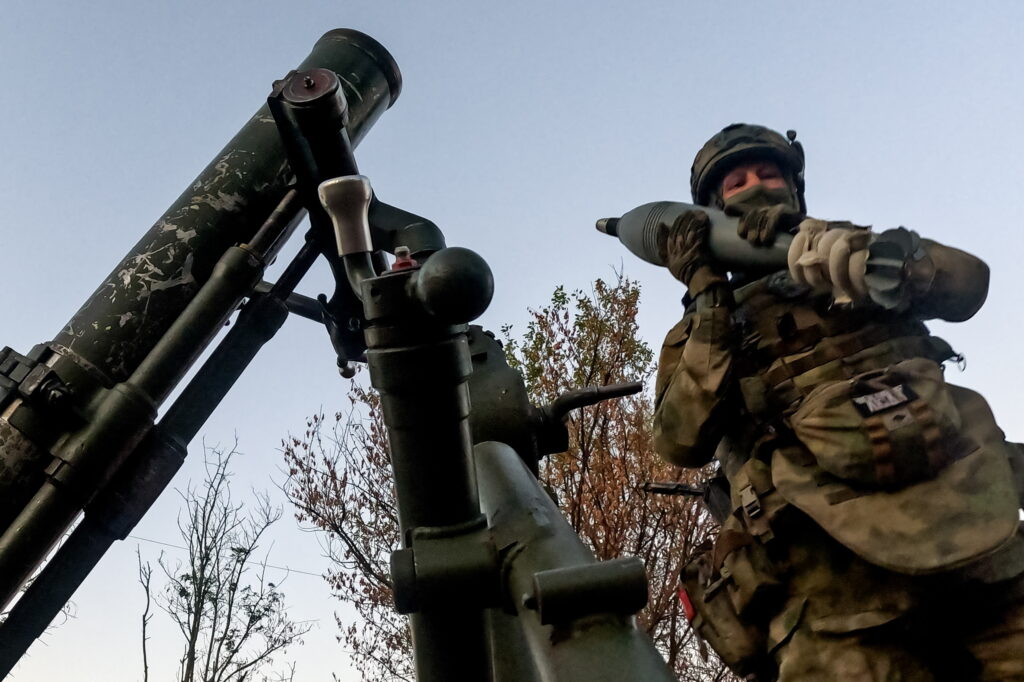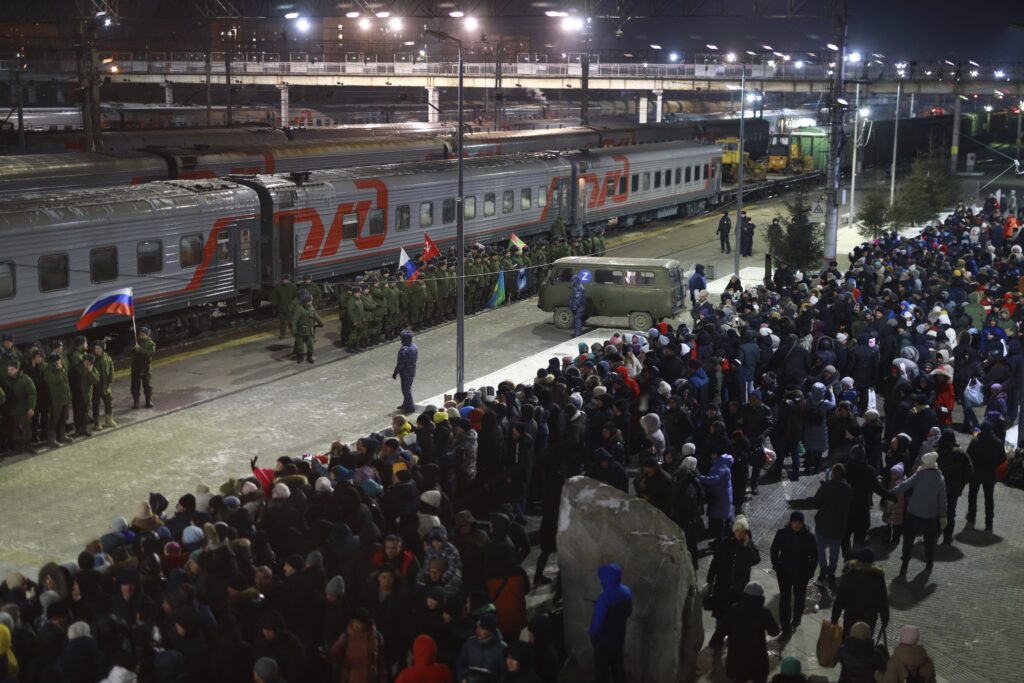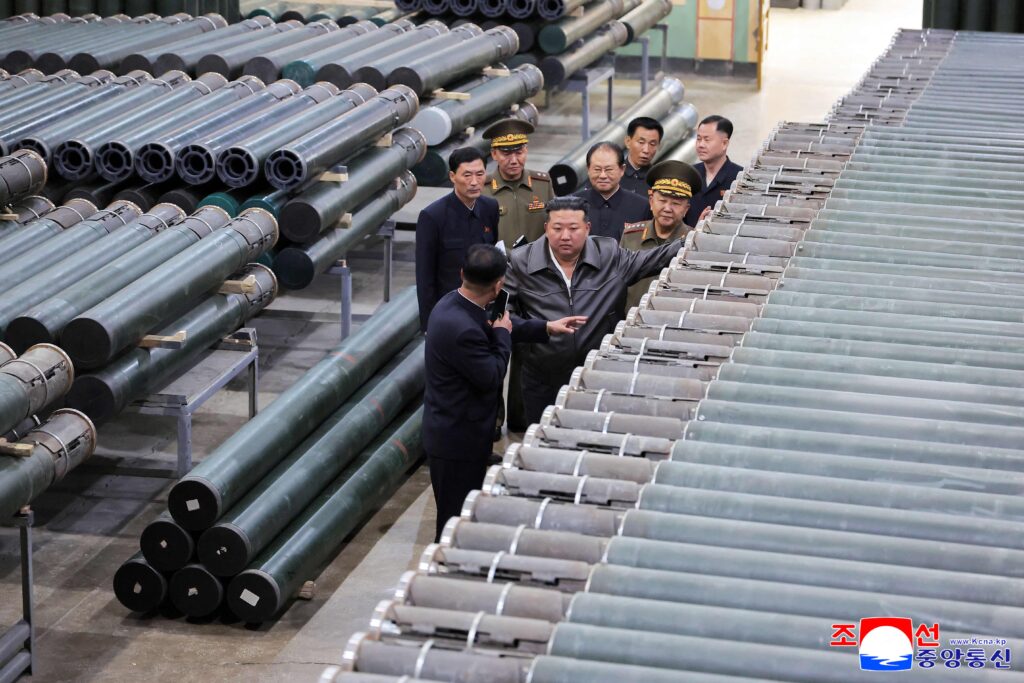Over the past decade, the Kremlin has viewed the Russian armed forces and military industrial complex as one of its main priorities — if not its highest priority. The development of these two deeply intertwined spheres pivots not only on Moscow’s foreign and defence policies, but also on its commitment to preserving the country’s ruling system of power. For this reason, studying the Russian armed forces helps us to better understand Russia’s political evolution.
In the year to come, the following aspects will be crucially important. Firstly, the chronic problems faced by the military-industrial complex will in all likelihood lead to a further contraction in the market sector of the Russian economy. Secondly, Moscow has made peace with the fact that it will have to relinquish arms control, meaning that in order to increase its political pressure on the west, it will have to do so with non-strategic nuclear weapons. Furthermore, in 2019 the Russian authorities will focus on improving the mobility of the country’s military.
A Funding Fiasco
In 2019 Russia’s total defence expenditure (which includes the secret services as well as the military) amounts to approximately 4.8-5 trillion rubles. This sum, which also takes into account secret items, is much the same as the preceding two years. Around three trillion rubles is allocated to the military, and approximately two trillion more will be spent on the police and secret services. This money will also be used to finance purchases of arms and military technology under the auspices of the state armament programme. Half of the military’s budget is allocated for such purposes; the share of police and secret service budgets allotted to armament is much lower — not more than 20%.
The Kremlin is counting on the fact that this is a comfortable and objectively justifiable amount of military expenditure and one which, in contrast to 2011-2016, will not require expansion. There are two reasons for this confidence: firstly, at this level of spending, the Russian authorities can support a significant sector of the country’s “new middle class,” or at least that sector most loyal to the authoritarian system. These are government bureaucrats, security officials, and employees of state companies (the majority of Russia’s arms manufacturers are owned by the state.) Secondly, Moscow is convinced that the Russian military-industrial complex is capable of more than merely producing weapons, but can be a crucial engine for the economic development of a country under pressure from the west.
These high hopes may be misplaced. In reality, no amount of arms deals or state investment in military research and development programmes will allow Russia’s military-industrial complex to become self-sustainable. As soon as a given company concludes a large arms contract, it begins a rapid decline which can only be reversed either by yet another contract, or direct government support in the form of various subsidy programmes. For example, the industry’s debt burden is one trillion rubles, and the overwhelming majority of loans are short-term. Thus companies from the military-industrial complex take loans to finance production, then receive money thanks to state arms contracts, which they then use to pay off their debts. They then take out further loans and the cycle begins anew. Annual interest payments reach 135 billion rubles, while the profitability of arms production reaches at best 3-5%.
In simple terms, Russia’s arms industry either generates no profits, or operates at a loss. In 2016 and 2017, the government spent an additional 800 and 200 billion rubles respectively on paying off the sector’s loans. While the government did not envisage such measures for 2018, it’s widely known that from 2019 to 2021, the Ministry of Finance plans to fork out several tens of millions of rubles on paying off loans taken out by the Khrushchev Centre, RKK Energiya, and RPTs Progress and their parent corporation Roskosmos. Furthermore, judging by the statements of several Russian directors, the queue of arms companies requiring state financial assistance is quite a lot longer.
In this sense, a priority of Russian military policy in 2019 will be to address this financial black hole which the military industrial complex has come to represent.
The Military-Industrial Hunger Games
Of course, the Russian government will not propose a full-fledged reform of the military-industrial sector, which employs two million people and comprises approximately 1,340 concerns and companies. Making any cardinal changes to the arms industry could therefore provoke internal political risks for the Kremlin.
Therefore, the authorities will continue to focus on strengthening leaders in the industry. A recent example was the transfer of the state’s stake in the United Aircraft Corporation to Rostec in 2018. Another example is Rostec’s absorption of the bankrupt Concern Tractor Plants which produced, among other things, mechanised infantry combat vehicles. The main candidates for mergers in 2019 are the state arms company Almaz-Antey and RTI, a manufacturer of radar equipment owned by AFK Sistema. This move is evinced by the recent appointment of the deputy chairman of AFK Sistema’s board of directors to the post of head of one of Almaz-Antey’s subsidiaries.
Within the state-owned companies themselves, their directors will continue to amalgamate individual plants and enterprises into larger holdings responsible for specific areas of production. Thanks to such mergers, the corporate bureaucracies are able to redistribute power: subsidiary companies with steady cashflows from arms contracts see their finances increase, but are also made to shoulder the debt burden of weak and bankrupt factories.
At the same time, the Kremlin has not lost hope in its ability to redistribute the costs of military industry, by selling individual shares to members of the current Russian elite while retaining the majority of the shares in the state’s hands. Bearing in mind that Rostec did not sell its shares in High Precision Systems and RT-Chemical Technologies this year as originally planned, we can expect the Kremlin to continue these efforts. Given western sanctions, it is true that key Russian entrepreneurs might not participate directly in such deals, but they could instead act through proxies who can assume the legal risks on their behalf.
The coming year will also see the creation of a specialised bank, formed from Promsvyazbank, which will cater to the military industrial complex (Promsvyazbank was placed under state administration in December 2017 – ed.) The industry will become even more closed, a development which definitely will not improve its effectiveness, but will provide new mechanisms for finding and exploiting loopholes in the new restrictions imposed by the United States and European Union. For example, the bank might offer credit schemes for foreign buyers of Russian weapons, thereby formally circumventing sanctions.
Furthermore, in 2019 we could see legislative steps aimed at providing market advantages to consumer goods manufactured by the arms industry. These goods will not just have the advantage over imported products, but also over Russian ones (that is, from private manufacturers.) As state companies represent 70% of Russia’s entire GDP, the authorities will be obliged to increase the share of consumer goods they purchase from military industries. In sum, such a move could represent a further shrinking of the market sector of the Russian economy.
Mobility and Cruise Missiles
In 2019, the Intermediate-Range Nuclear Forces Treaty (INF) will in all likelihood come to an end. Despite the Kremlin’s continued denials of treaty violations, the deployment of land-based cruise missiles with a range of over 500 kilometres remains the only way for Russia to compensate for the weakness of its arms industry. Russian enterprises simply cannot produce a sufficient number of these missiles for effective use at sea. Furthermore, the Russian fleet does not come close to opposing the combined naval forces of NATO member states.
Moreover, the reduction in carriers of non-strategic nuclear weapons, as well as the weapons themselves, prompts the question of how Moscow will rethink its defence and foreign policy strategies. Here the emergence of newer cruise missiles enables Russia to compensate for its economic and military weakness in the face of the West, becoming useful lever to exert pressure on its opponents. It is also worth noting that the current pace of rearmament of Russia’s strategic nuclear forces seriously lags behind the rate at which the country is discarding its old missiles. This alone destroys the very concept of nuclear parity between Moscow and Washington, which had given the Kremlin a higher status in world politics. In these circumstances, new cruise missiles allow smaller forces to compensate. Furthermore, with the demise of the INF treaty, the extension of the START-3 (Strategic Arms Reduction Treaty) will also be called into question. The Russian government may find that acceptable; Moscow probably sees the prospect as a more pressing political concern for the United States than for itself, so would have no objections.
When it comes to conventional forces, Moscow has already reached its limit in terms of number of troops. At the end of 2017, the Russian authorities’ task was to increase the number of contract soldiers from 384,000 to almost 500,000. Yet by the end of 2018, their number remained the same: 384,000. To understand this, it must be remembered that conscripted soldiers (240,000 each year) are encouraged to switch to a contract before their service ends, while draftees with a college or university degree under their belts have a choice: a year of compulsory service, of two years of military service under contract. These two figures, 384,000 and 240,000, clearly overlap, but it’s unclear to what exact extent. As a result, a further increase in the number of troops is only possible on paper; current levels of military expenditure do not allow for it.
Therefore in 2019, Moscow will focus on increasing the mobility of its military forces. In addition to enhancing the movement of troops across its territory during major military exercises, Russia also wants to improve its ability to project force far from its borders. As far as can be ascertained, this will rely on naval infantry assaults with limited support from the fleet. Other methods could be improved airborne transportation of troops to conflict zones, along with improved helicopter forces to provide aerial support to paratroopers. These approaches suggest that the Kremlin understands that it will not be able to deploy and supply a large overseas military contingent. Instead, Moscow needs the ability to conduct short military operations to provide support to local political forces on which Russian influence depends.
